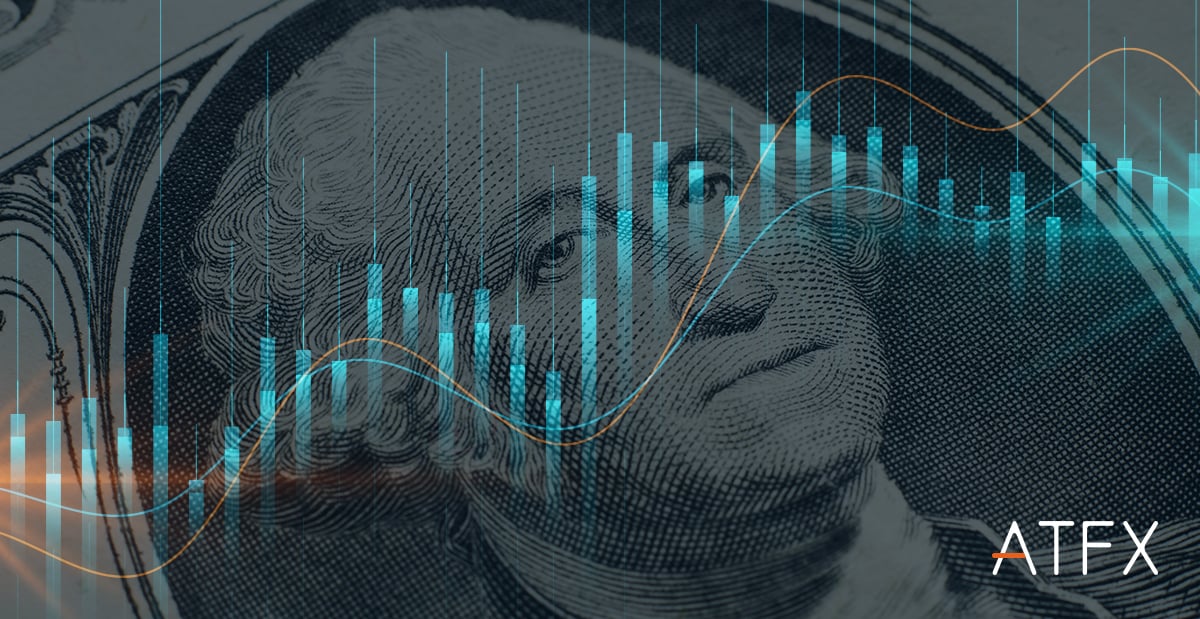On Wednesday, the market closely watched the monthly growth rate of US retail sales in July and was expected to be 0.10%, which was much lower than its previous value of 1%. The data is an essential guide for the dollar’s next direction since it reflects US retail sales and economic performance amid inflationary pressures. If this data is better than expected, it will ease the market’s worries about an economic recession and help boost the dollar; otherwise, it may drag the dollar lower.
Furthermore, several retail giants announced their financial reports for the second quarter of this year this week, and the market was mainly focused on retail consumer spending and future guidance. On Tuesday, Walmart and Home Depot announced their second-quarter financial results. Walmart’s second-quarter revenue was $152.86 billion, an increase of 8.4% year-on-year, which was better than expected. On Wednesday, Target and Lowe’s will report their Q2 earnings. However, both Walmart and Target had lowered their second-quarter earnings guidance earlier, with Walmart expecting a full-year adjusted EPS decline of about 11%-13%.
The lower guidance also reflects how inflation is changing the purchasing choices of American consumers and its continuing impact on the retail sales industry. Many consumers chose to cut expenses while increasing their spending on food, which made their consumption of other products and services decline. Therefore, the retail giants face a challenging situation during this period since they need to clear their inventory. Furthermore, the increase in discounts and promotions affects their sales margins and profits. In addition, the increase in fuel and freight costs and the supply chain disruptions have also negatively affected their sales revenues and gross margins.
As oil prices have fallen significantly, retail sales may rise compared to last month as consumers’ disposable income increases. In addition, the US inflation data in July rose 8.5% year-on-year, lower than the expected 8.7% and the previous value of 9.1%. The inflation slowdown exceeded expectations triggering a stock market rally. Both energy and commodity prices have fallen, which could add to expectations that rate hikes will cool off in September. According to CME’s “Federal Reserve Watch”, the probability of the Fed raising interest rates by 50 basis points in September is 61.5%, and the probability of raising interest rates by 75 basis points is now 38.5%.
There are still many uncertainties about the future direction of the US dollar, which is expected to be relatively volatile until the September interest rate decision is confirmed. In particular, many Fed officials have recently issued hawkish remarks, believing that the fight against inflation is not over yet, triggering some volatility in the US dollar. However, the dollar is trying to reclaim some of its upward momentum. Several Fed officials have expressed their determination to continue aggressively tightening monetary policy, with almost all of them saying that the Fed remains determined to continue raising interest rates “until we see strong and durable evidence that inflation is slowing.”
The opinions of the Fed officials also support the recent trends in the US dollar. The market is still waiting to release the minutes of the last Fed meeting this Thursday, where investors may find information on the future rate hike cycle. If the minutes show that the Fed meeting discussed the possibility of slowing the interest rate hikes, the dollar may come under pressure. However, if the direction of the Fed’s policy remains unchanged, the dollar may rally higher, creating new opportunities to the upside.
The retail sales data remains an essential factor driving the US dollar’s performance this week. Hence, the impact on the direction of the US dollar needs to be considered in combination with the market’s expectations of future interest rate hikes. Furthermore, we should pay close attention to the announcement of the financial results by the major retail giants, which may create new market conditions for retail stocks soon and impact market trends and consumer confidence.


